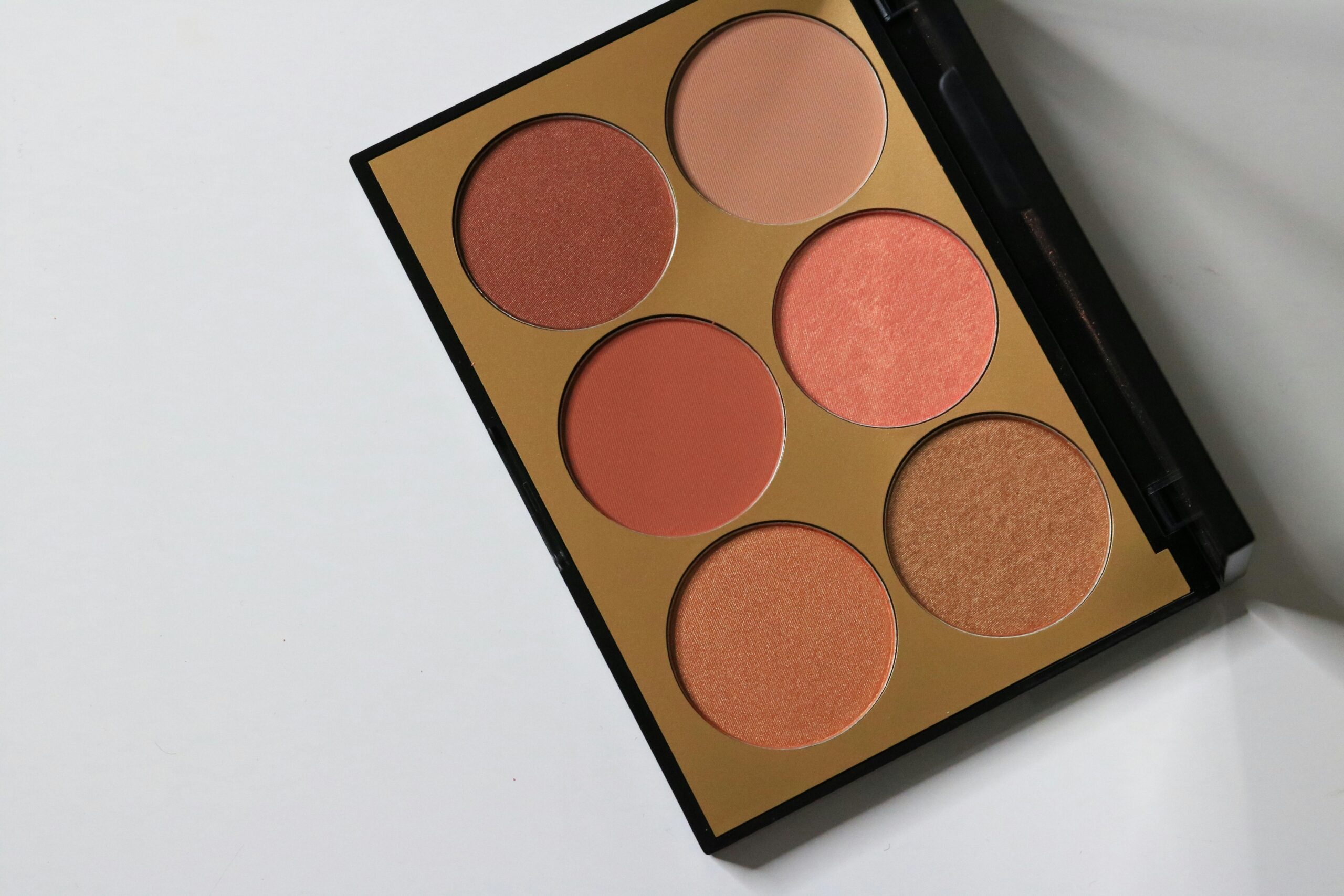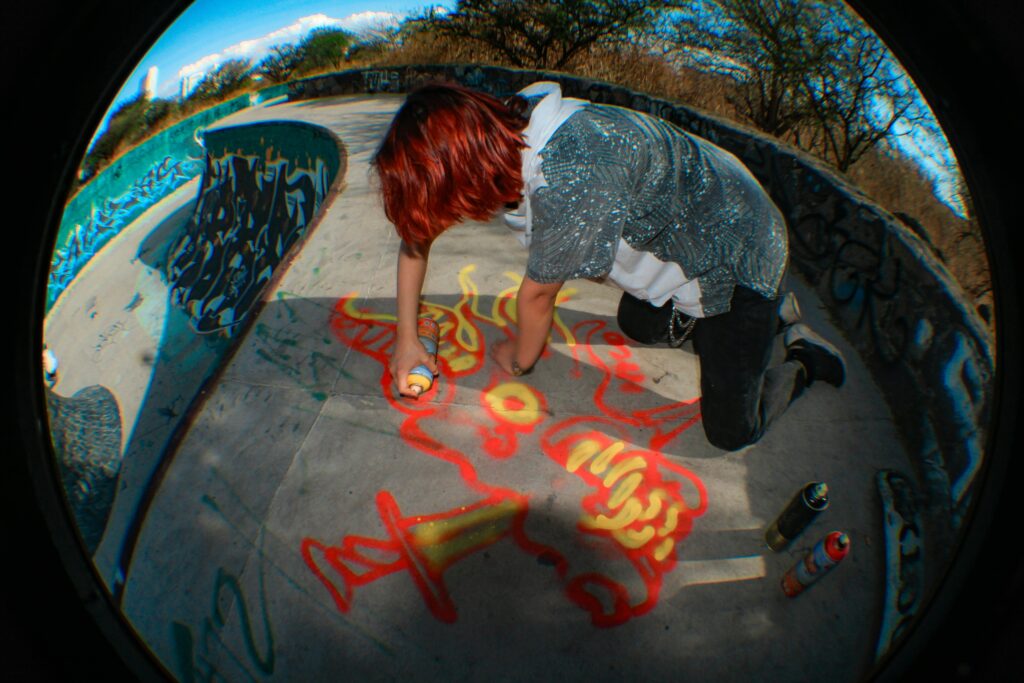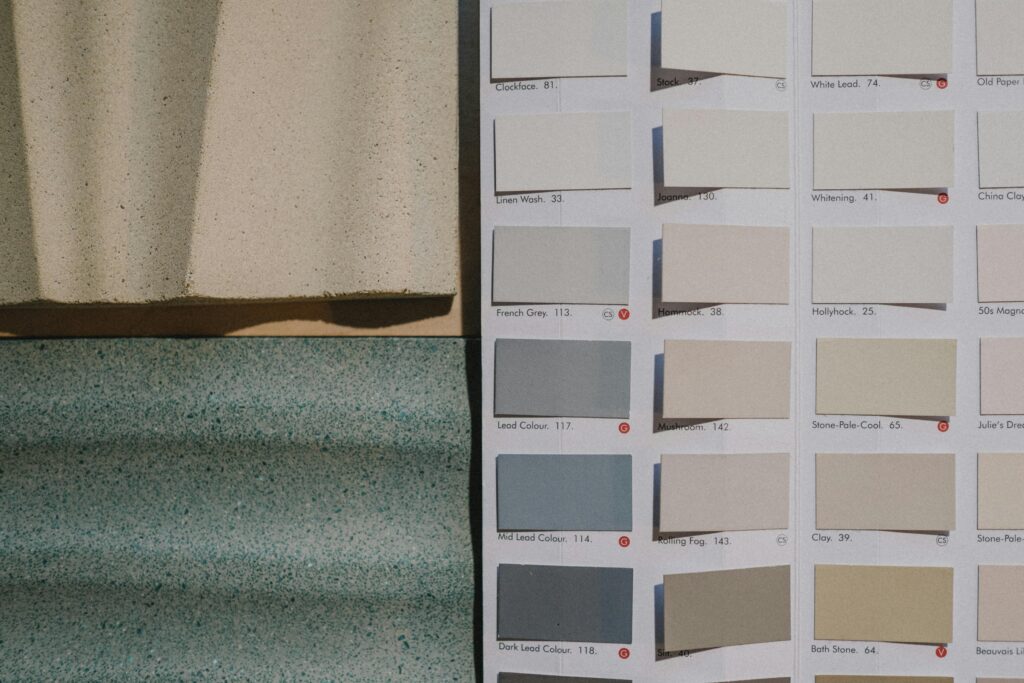Ever stared into the abyss of a makeup palette and wondered, “Why does my eyeshadow look like I got punched in the eye?” Yeah, us too. But here’s the good news: it’s not you—it’s *your pigments*. If your blend game feels as messy as a toddler finger-painting session, it’s time to talk about one thing that changes everything: blendable pigments.
In this guide, we’ll dive deep into why blendable pigments are THE unsung heroes of beauty routines, how to pick the right palettes with them, and techniques to make blending an absolute joy. Think of it as your backstage pass to pro-level makeup mastery.
Table of Contents
- Key Takeaways
- Section 1: Why Blendable Pigments Save You From Makeup Mayhem
- Section 2: How to Choose Palettes With Perfectly Blendable Pigments
- Section 3: 5 Tips for Mastering Blending Techniques
- Section 4: Real-Life Examples of Flawless Palettes
- FAQs About Blendable Pigments
Key Takeaways
- Pigment quality makes or breaks blending—stick to finely milled formulas.
- Mattes and metallics behave differently; choose tools accordingly.
- Pro-grade brushes and primers can elevate even basic palettes.
- Avoid overly glittery shades if you’re just starting out—they spread more than they blend.
- Keep swatching colors before buying—no marketing claims beat real-life tests!
Why Blendable Pigments Save You From Makeup Mayhem
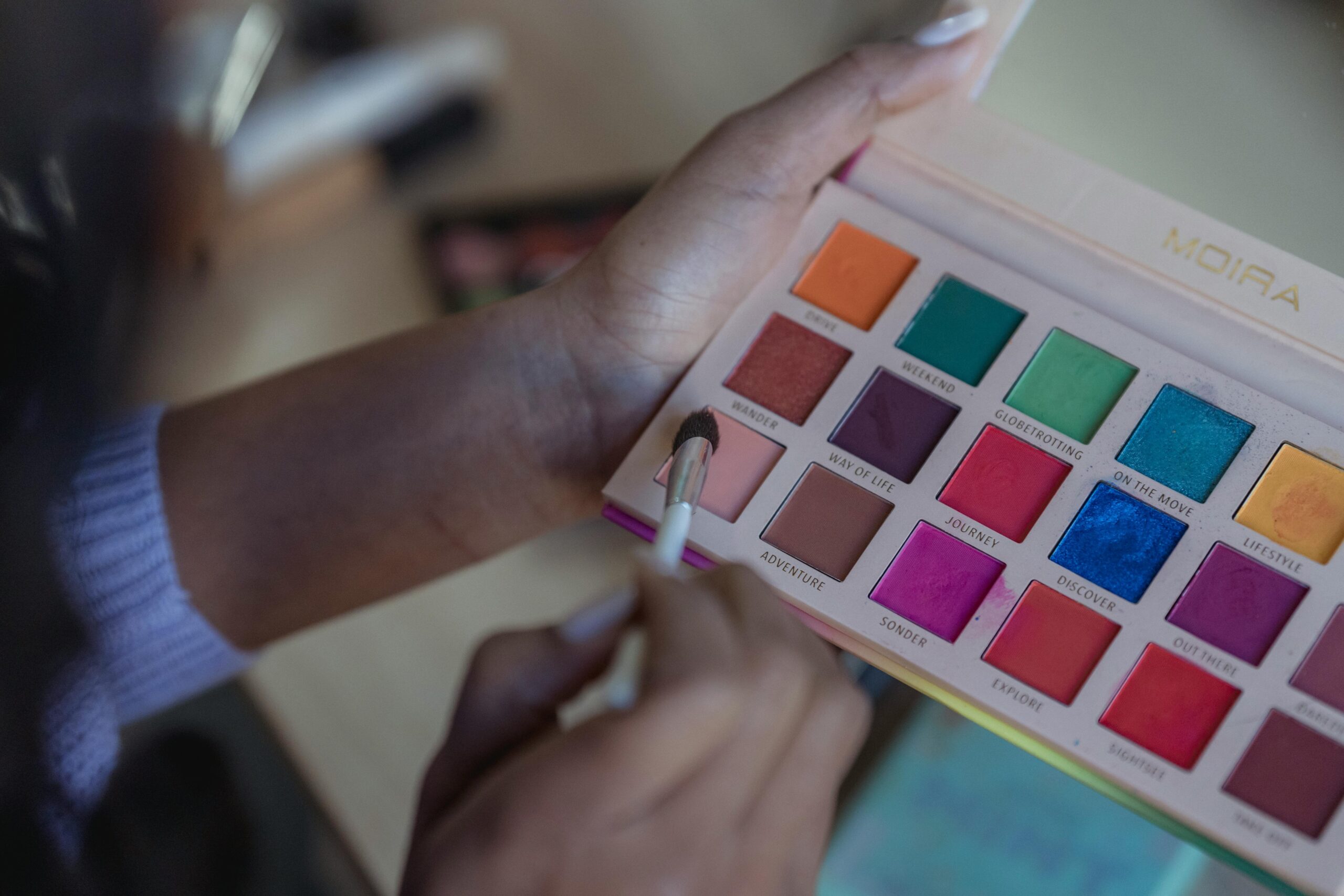
Let’s admit something ugly—some palettes promise “creamy textures” but deliver grittier-than-sandpaper pigments. Ever layered on color only to end up looking like someone threw chalk at your face? That’s chalkiness—not creaminess—at work.
I once spent $60 on what was supposed to be a luxe palette (eye roll). Instead of creating soft gradients, each transition zone turned into jagged edges reminiscent of a Picasso painting gone wrong. Lesson learned: poor-quality pigment = wasted effort AND money.
How to Choose Palettes With Perfectly Blendable Pigments
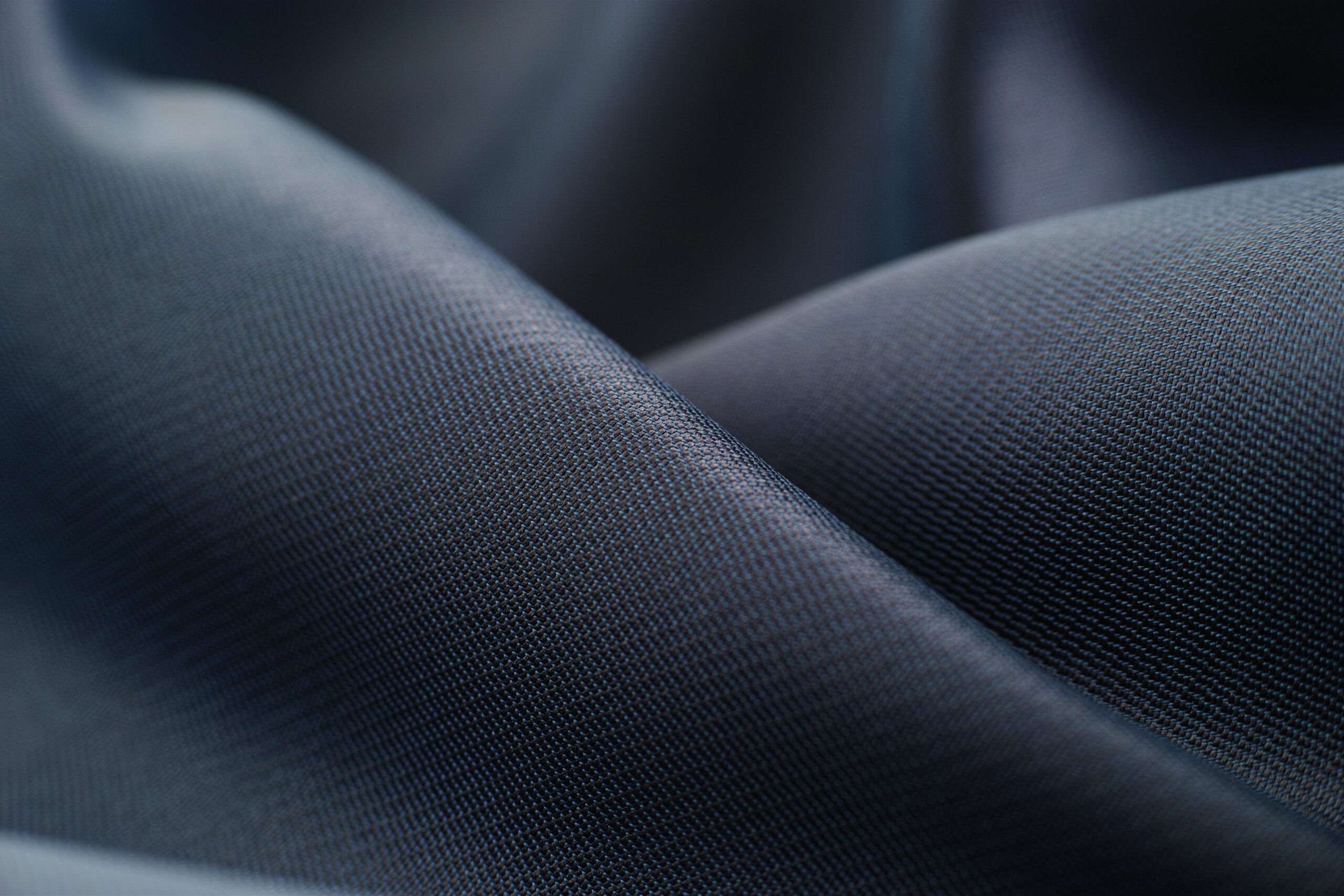
Optimist You:* ‘Finding perfect palettes will solve all blending woes!’
Grumpy You: ‘Ugh, fine—but let me save you some trial-and-error pain first.’*
Here’s a fail-proof checklist:
- Check Finish Consistency: Matte shadows should feel silky, while shimmers must glide without chunky fallout.
- Brand Reputation Matters: Stick to trusted names or indie brands known for high-quality pigmentation.
- Test Before You Invest: Swatch testers exist for a reason—don’t skip them.
- Read Reviews Carefully: Look specifically for comments about pigments’ ease of blending.
5 Tips for Mastering Blending Techniques
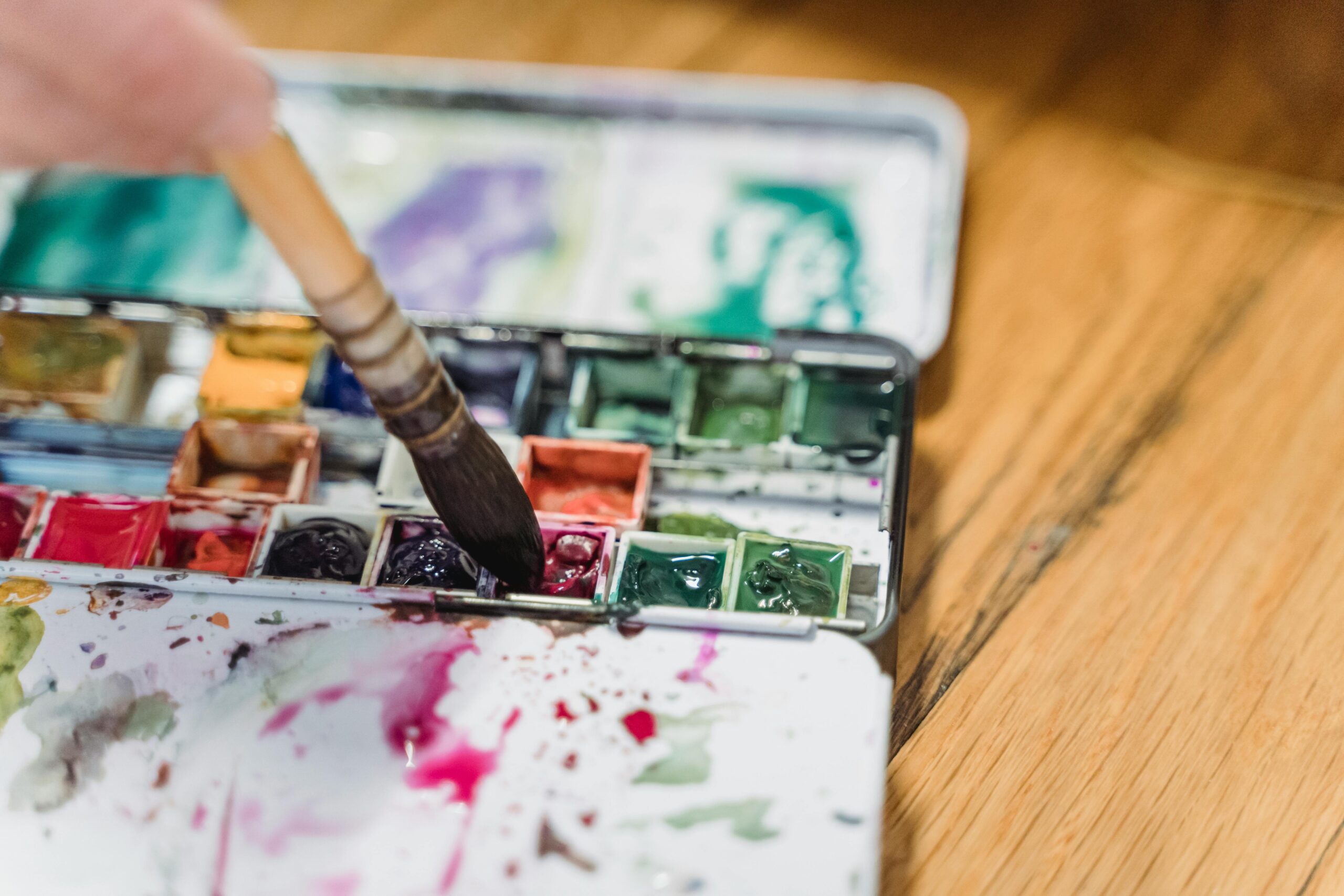
Tip #1: Start Soft, Build Slow
Pack less product onto your brush initially, then layer gradually. This avoids clumpy patches and ensures seamless transitions.
Tip #2: Always Use Primer
Eyelid primer doesn’t just enhance staying power; it helps pigments move effortlessly across lids.
Tip #3: Match Brushes to Shadow Types
- Matte Shades: Opt for densely packed domed brushes.
- Shimmer/Metallics: Grab fluffy blending brushes designed for diffusing light reflections.
(Warning!) Terrible Tip #4: Ignore Cheap Tools
If your brush bristles resemble porcupine quills, throw it away immediately. A scratchy tool ruins any pigment, no matter how buttery-smooth.
Tip #5: Keep It Circular
Motion is key. Move your wrist in small circles instead of harsh back-and-forth strokes for smoother blends.
Real-Life Examples of Flawless Palettes
Brands like Natasha Denona and Pat McGrath Labs have nailed their pigment game—luxurious feels meet flawless performance. Indie darlings such as Morphe hit budget-friendly sweet spots without sacrificing texture quality either. Want proof? Here’s how these pros achieve seamless gradients:
- Natasha Denona Mini Palette: Silky mattes melt together effortlessly with zero effort.
- Morphe x Jaclyn Hill Collaboration: Accessible price point + incredible payoff = instant cult classic.
FAQs About Blendable Pigments
Q: What makes certain pigments harder to blend?
Poor formulation leads to uneven distribution during manufacturing. Without proper milling, grains remain coarse—and thus challenging to merge seamlessly.
Q: Can I fix bad blending issues?
Sometimes! Experiment with different brushes, primers, or layering strategies—but remember, there’s only so much damage control possible against subpar products.
Q: Are pricier palettes always better?
Nope. However, higher-end options often offer refined textures due to superior ingredient sourcing and production methods.
Conclusion
At last, we’ve unlocked the ultimate secret weapon: blendable pigments. Whether you’re rocking dramatic smoky eyes or subtle everyday washes, investing in top-tier textures guarantees smoother results every single time. So go ahead—upgrade those palettes, master those motions, and step confidently into the world of perfectly polished makeup looks.
Oh, and one final piece of wisdom…much like mood lighting saves awkward selfies, great pigments forgive rookie mistakes. Cheers to that!
*“Blend like a chef’s kiss / Pigments smooth as velvet skies / Artistry revived.”*
